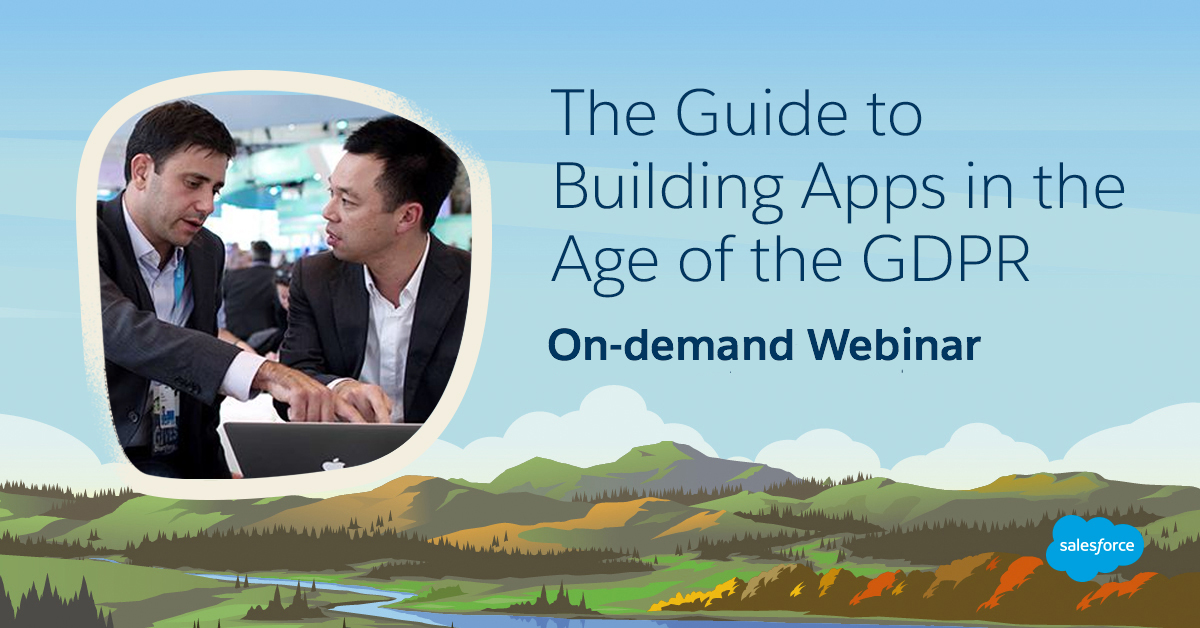GDPR should be a great opportunity for app modernisation projects – not just a compliance headache for IT.
Everyone has a long list of things that would simplify the hairball behind their legacy enterprise apps and shadow IT processes. And GDPR is the chance to finally deal with those legacy issues – while also improving the overall architecture for privacy reasons.
What’s not to love?
The biggest problem is the time and resources it takes to build apps. Most IT teams already have a backlog of apps to deliver to the business – that backlog is going to explode when you add the many legacy apps and shadow IT that will need to be rebuilt.
It’s hardly surprising that GDPR has become a source of growing anxiety for companies and CIOs. A lot of people have found themselves with an app – or several, in fact – that still needs serious work to become GDPR-ready.
So what are the options for those struggling to get their ducks in a row – or who have only just started thinking about the impact on their business apps?
The fastest route to a GDPR-ready app portfolio
Many legacy systems were never designed with privacy regulations in mind, let alone a regulation as complex as the GDPR. Worse, these systems often aren’t integrated with each other, so there’s no consolidated view of a data subject’s personal information across all the processes involved.
The smartest businesses will have audited their legacy systems ahead of GDPR and identified all the apps and processes that touch personal data. If you haven’t done that yet, there’s no time better to start than now.
Once the review is completed, companies should weigh up which apps they should retire, which they can retain, and which need to be updated or rebuilt from scratch. For the apps you need to update and rebuild, replatforming or rationalising your apps to a single customer-centric platform could save you some serious time.
It means you’d have all personal data consolidated in one platform, rather than scattered across your company’s ecosystem, making compliance a whole lot easier to manage. And you’ll be setting yourself up with a better architecture to face future regulatory changes too, as every new app you build on the platform will be connected. Suddenly fulfilling the GDPR requirement of “data protection by design” is a lot simpler.
And if you are worried about the time and resource drain of a GDPR replatforming project – a low-code, high-productivity platform could be your answer. Customers – whether they are business users or IT guys – can build apps up to 50% faster using our low-code, drag-and-drop app builders.
Still unsure? Get GDPR advice from the experts.
A modernisation project is never easy. But GDPR-compliance is an ongoing obligation, so why not seize the opportunity to make big changes that will set you up for the future?
Get more tips about the best way to get your legacy apps GDPR-ready fast, by watching our on-demand webinar: The Guide to Building Apps in the Age of the GDPR featuring Rachel Beard, Salesforce Product Marketing Manager, and Matt Holley, Senior Corporate Counsel.








